Most Suitable Plants Best for Growing in Media Based Aquaponics
When it comes to choosing the plants for your aquaponics systems, it is, in theory, possible to grow almost any species using the soilless technique, but in practice, it’s only the media based setups that genuinely allow for the full range of choice in plants, at the same time, the technique tends to provide a number of additional benefits over other aquaponics systems, especially for use in the home, and for beginners just starting out their journey into ecofarming and sustainable aquaponics.
In this article we’ll take look into the media based aquaponics technique, what makes it different from the other methods, and how the system actually works.

Different Types of Aquaponics Systems
Aquaponics is an eco farming technique that couples hydroponics with aquaculture to enable plants and fish to be raised together in the same closed-loop system. This sustainable farming method recreates the important processes that occur naturally in the wild so the plants and fish can thrive in symbiosis together in your man-made ecosystem.
Aquaponics systems are generally categorized into three different techniques; the media based method, deep water culture (DWC) a.k.a. the floating raft method and the nutrient film technique (NFT). All systems are based upon existing hydroponics techniques, which are then modified to install an additional aquaculture stage, in which fish can be raised to produce waste that can then be converted into food for the plants thanks to beneficial bacteria that colonize within the system.
Each type of aquaponics setup has various configurations that come with their own pros and cons, so it’s important to understand how each method works so that you can select the most suitable aquaponics setup for your needs.
Of the three different aquaponics techniques, the media based method is the one most akin to traditional soil grows as it utilizes a standard grow bed with modern grow medium that replaces the soil. This deeper grow bed allows for a wider variety of plant species due to the extra physical assistance provided by the grow media. Grow media can firmly hold the roots in place whilst also allowing for extra supports to be anchored deep into the grow bed where it can hold up the larger flowers and heaver fruiting plants.
The Best Most Suitable Plants Species for Media Based Aquaponics
As noted, media based aquaponics allows for a wider variety of plants species to be grown thanks to its use of a more traditional grow bed that’s deep enough to support taller, bigger, and heavier fruiting plants. NFT and DWC systems are more suitable for shorter, lighter plants due to the grow beds not being strong enough to offer sufficient support for heavier plants.
With so many options, it’s a good idea to go with a species that are well documented and one that growers have had experience with in the past. This makes it easier to find the relevant information free online, and will also prevent you fishing around in the dark (excuse the pun) and potentially losing time attempting to teach yourself from scratch; as opposed to starting out with an already tried and tested plant species with plenty of access to the information necessary. Below is a list of the most suitable plants best for media based aquaponics.
7 Aquaponics Plant Species Ideal for Media Based Aquaponics
Leafy Greens
Also known as leafy veg, or sometimes even just greens, these short, stout, plants are ideal for any aquaponics technique. They’re lightweight, don’t require much space, they grow fast, and they’re easy to grow and maintain.
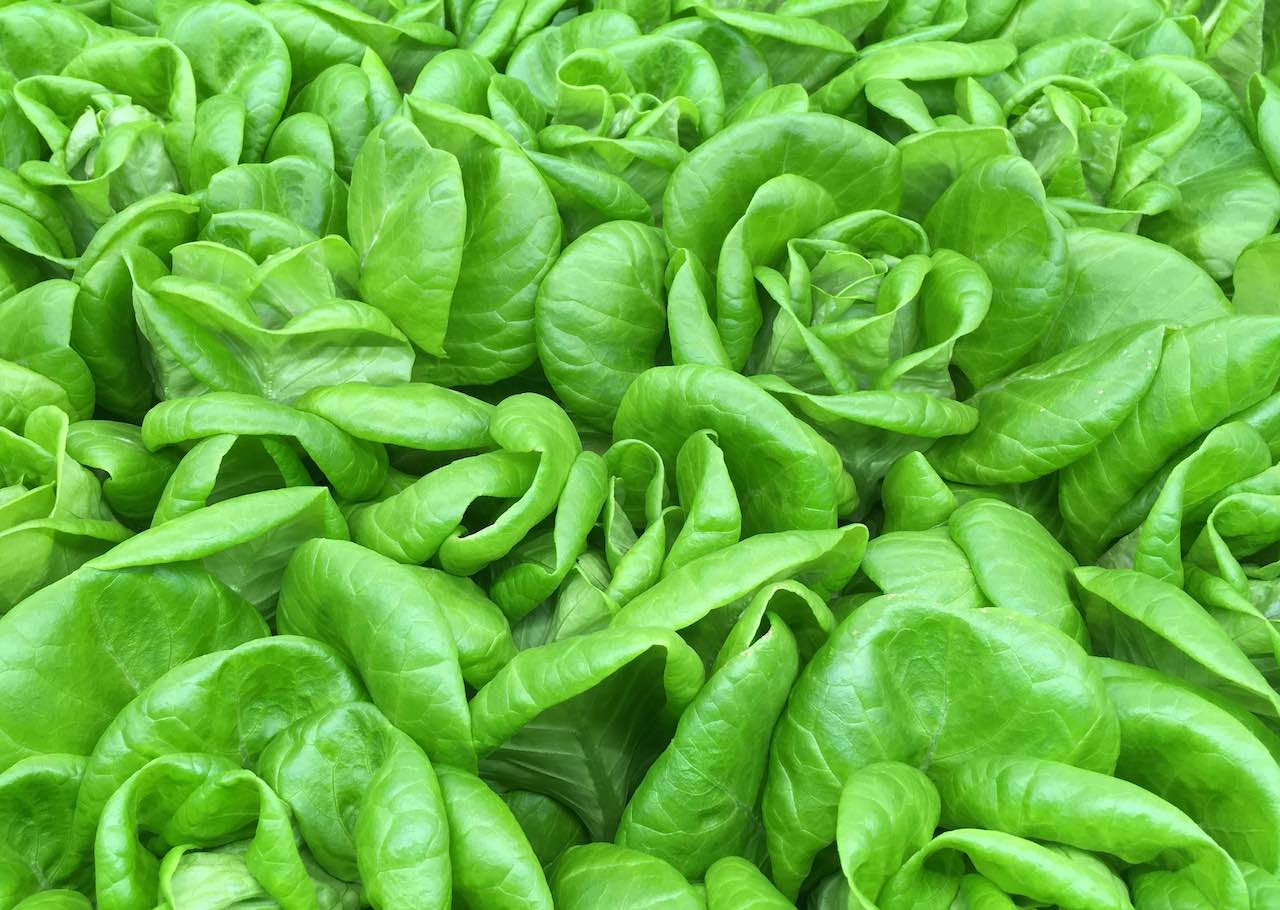
Leafy greens include lettuce, spinach, collards, kale, Swiss chard, water cress, spinach, beet greens, arugula, endive, cabbages, broccoli, kale.
Note: The latter three species are from the Brassicaceae family, which includes cabbage, broccoli, bok choy, kale, mustard greens, turnips, cauliflower, and radish. There are not compatible to grow with many other companion plants due to secretions from the plant’s roots, which hinders the growth of a number of other species such as tomatoes, beans, peppers and strawberries.
Smaller Fruiting Plants
Media based aquaponics have the ability to support larger plants, however it’s still a good idea to opt for smaller fruiting plants, at least when growing indoors. Not only are they lighter weight, they’ll also be easier to naturally prevent overcrowding.

Fruiting plants ideal for media based aquaponics include: tomatoes, cucumbers, peppers, dwarf citrus,
Berry Plants
Although botanically classed as a fruit, berries are so delicious we thought it deserved a category all of its own. Berries are often a great choice for aquaponics because they’re small and lightweight. Whilst these properties might not be essential for media based aquaponics, berries are still are a good option. Strawberries are some of the fast growing berries; turning around in 3-4 months, however other berries can take years until harvest.
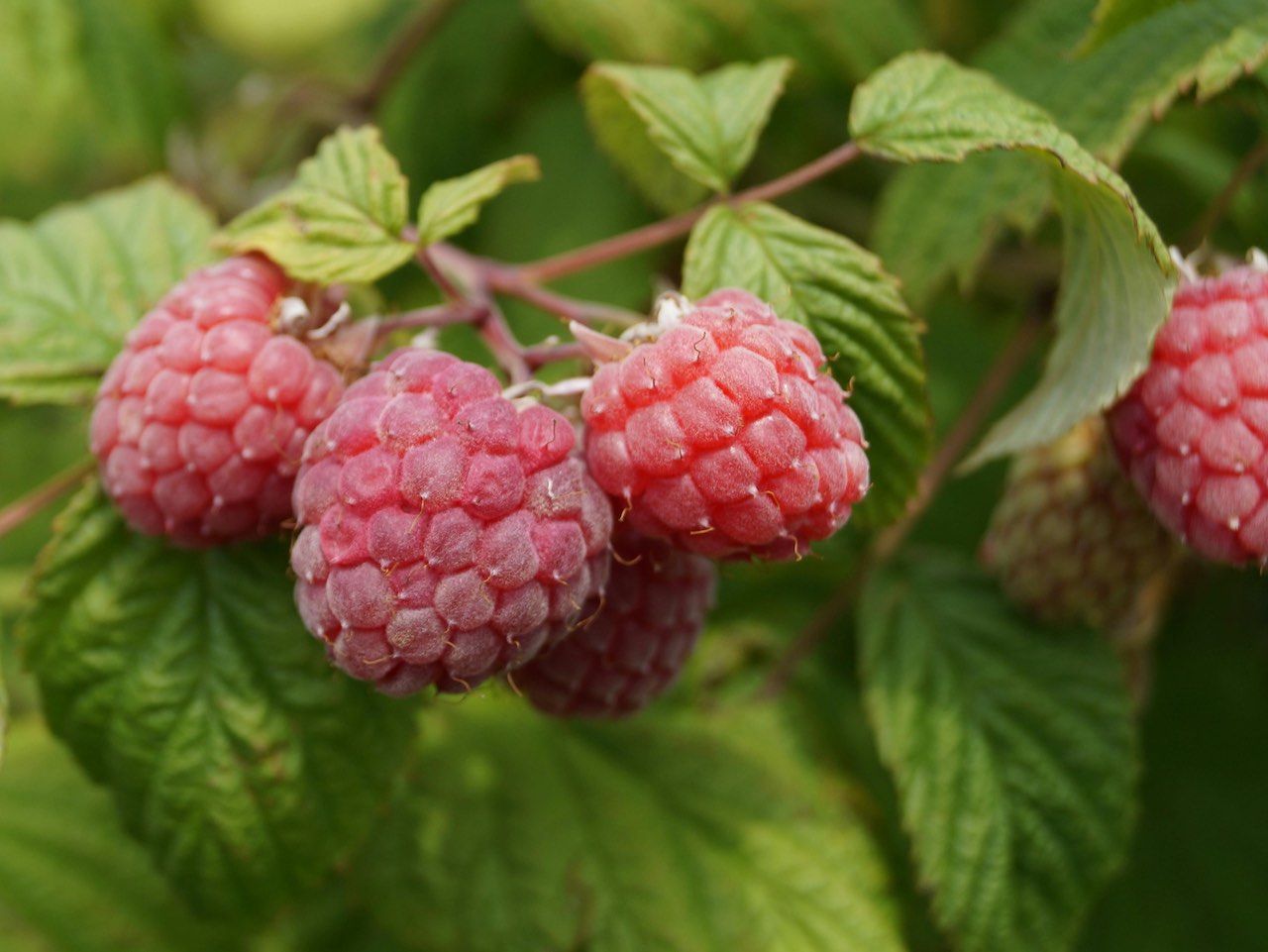
Berries for aquaponics include: Strawberries, raspberries, blueberries, goji berries/wolfberry.
Carful with raspberries, blackberries, and boysenberries (American Dewberries) as they have extremely fast growing roots that are known to take over aquaponics systems if not properly constrained. These same properties also make them grow quick from seeds, but these varieties can still years to produce a fully mature harvest.
Flowering Plants
Although it’s more common for people to opt to grow edible plants to get the most value of their system, aquaponics are becoming a more popular choice to grow certain flowers. Whether they’re to make aesthetically pleasing aquariums more attractive, or whether they’re to be picked and planted in vases or home gardens, flowers can be a fantastic addition to a media based aquaponics system.

Flowers suitable for aquaponics include: roses, lavender, marigolds, chamomile, peace lily, and pansies.
Other Vegetables
In addition to leafy greens there are a number of other vegetables that are suitable to grow in media based aquaponics.
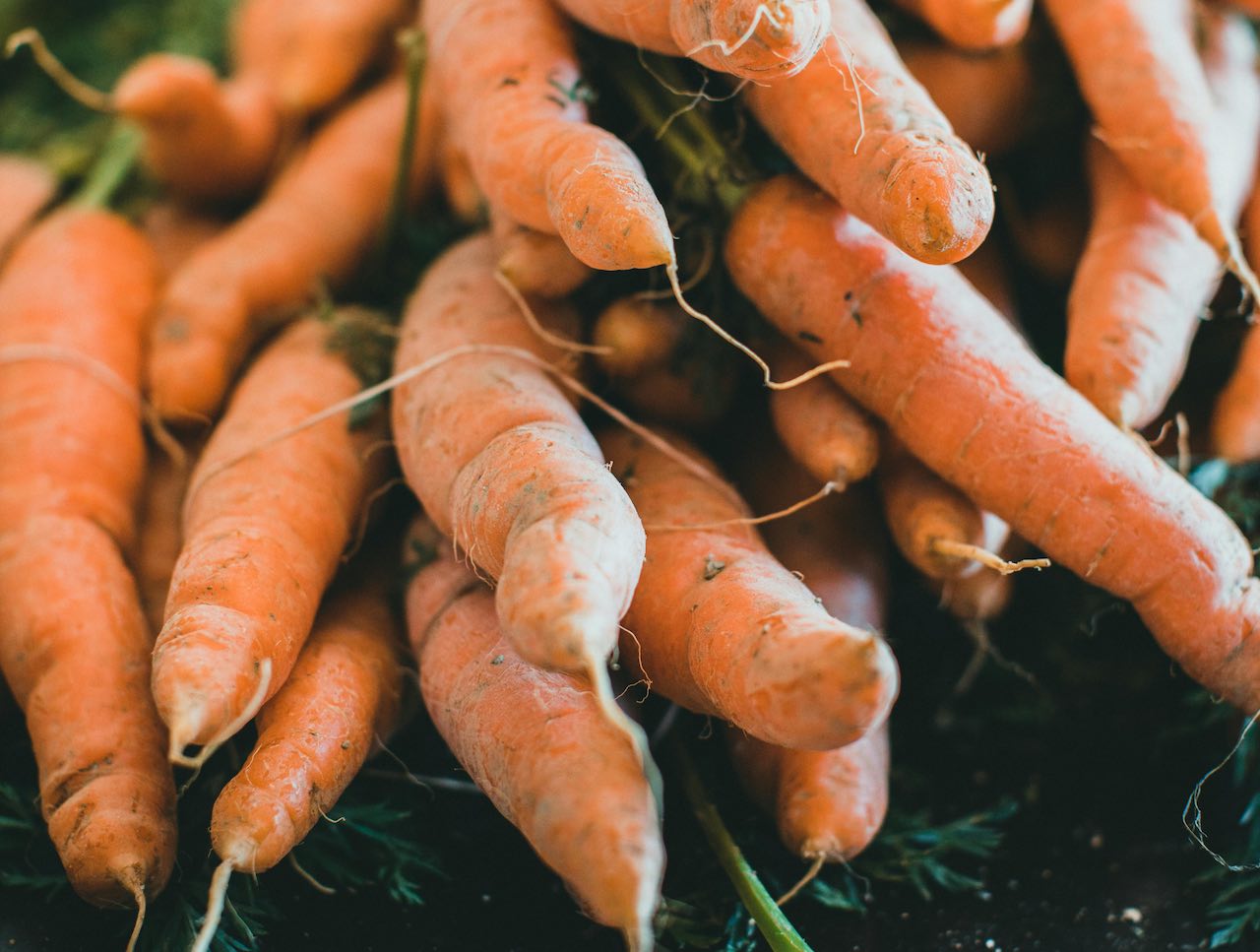
Vegetables ideal for media based aquaponics include: onion, corn, radish, carrots, squash.
Herbs
Herbs are another great option for media based aquaponics thanks to them being lightweight, small, and extremely quick to grow like many leafy greens.
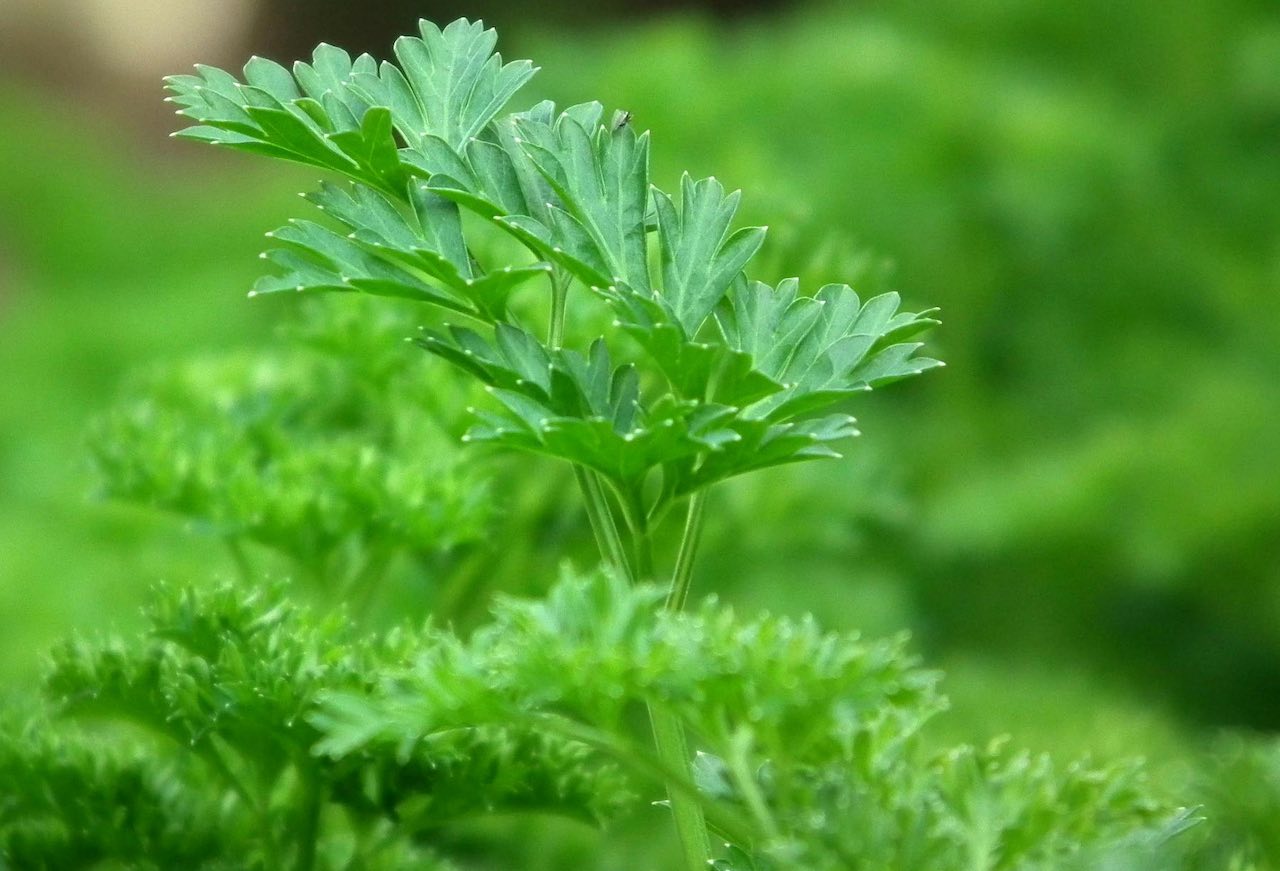
Herbs suitable to grow in media based aquaponics include: ginger, rosemary chives, mint, basil, and ginger.
Some Spices
Whilst were sure this list will increase over time as more people experiment and new techniques/technology get pioneered, we’d currently advise the only really suitable spice for aquaponics being chili. Unless you class ginger as a spice as some places do.

Why Choose Media Based Aquaponics
The media based method is typically chosen for home aquaponics systems due to the ease with which it can be setup and maintained. By utilizing a flood and drain process that’s automatically regulates water levels via a bell siphon, the system naturally creates a small, yet useful buffer that provides a short extra window of time to fix any potentially fatal problems if anything goes awry; a luxury not enjoyed by standard DWC and NFT setups.
In addition to being easy to set up, once the system has been cycled, balanced and adequate filtration is under way, media based aquaponics systems will flood and drain automatically which typically requires minimal cleaning.
Advantages of Media Based Aquaponics
- Suitable for all types of plants
- Effective nutrient delivery
- Natural pH buffer
- Efficient biofilter (grow media doubles as biofilter)
- Simple, easy to setup
- Easy operation and cleaning
- Easy DIY options
Disadvantages of Media Based Aquaponics
- Cost., typically comes with a larger initial investment
- Difficult scalability
- Blockages, common in less porous, tightly packed grow media, and uncleanly operation conditions
- Additional weight from grow media
How to Set Up Your Media Based System
In order to setup your media based aquaponics there several important factors you’ll want to take into consideration. Some of these key factors include:
- Location: Dictates climate, can affect temperature and light exposure
- Selecting Grow Media: Chose from an option of clay pellets, lava rocks or gravel, etc.
- Selecting Plants: Choose from almost any plant species.
- Selecting Fish: Try raising the hardiest fish most suitable for your location/climate/environment.
- Preparation Cycling: Allow enough time (4-6 weeks) for beneficial bacteria to colonize in required numbers so they can perform the nitrification conversion.
If you’d like to learn more about the nitrification process and why it’s crucial for the survival and efficiency of the system, then hit the link and check out our latest revision on ‘Importance of Cycling Your Aquaponics System.’
Buy or DIY
- Buy: Media based systems are becoming more and more popular all the time. As a result there are several all in one, media based system you can buy off the shelf. These are generally more costly than the DIY option, however, these complete setups often have features, look professional, and can be built to a higher standard that promises more longevity.
- DIY: Fortunately DIY media based aquaponics aren’t just popular due to the versatile list of plants that can grown in the system, it’s also the cheapest option out thee.
How to Maintain & Optimize Your Media Based System For Growing
There are several handy tips and tricks you can use to optimize your media based aquaponics setup. Some of the most common bits of advice include:
Daily monitoring and maintenance
Regular checks ups to find and resolve any issues ASAP. To monitor essential parameters of your aquaponics system you can use:
6 in 1 test strip; these measure nitrates, nitrites, water hardness, chlorine, alkalinity and pH levels.
- Oximeter, aka DO meter: measures DO concentrations
- Colorimetric method: indicates DO concentrations using a color meter.
- Temperature: a standard thermometer can be used to keep an eye water temperature.
Modern devices that can be placed inside the system to provide consistent, digital monitoring of all these necessary levels, have become much more affordable, and now a common place in many high-tech, and/or commercial aquaponics setups.
Smooth operation of bell siphon
Ensure the water level stays regulated as it floods and drains. If you’d like to find out more about Bell Siphons, how they work and how to build your own DIY version, check out our Bell Siphon DIY Guide here >>>
pH scale
Monitor and adjust if pH rises or falls outside of safe operating ranges. pH can be adjusted naturally, for example, higher amounts of fish waste will increase levels of ammonia, which in turn, will raise pH; making it a stronger base. pH levels will naturally decrease as nitrification occurs and the ammonia is converted into nitrogen.
Should you need to alter pH manually, you can raise levels by adding calcium carbonate or potassium carbonate; or lower levels using certain acids, such as muriatic, phosphoric or nitric.
Dissolved oxygen (DO)
Make sure high enough DO concentrations are present. You can never really have too much DO, but too low a level can be fatal to the system. To increase DO concentrations you can install an air pump with an air stone, or a waterfall, fountain, cascading steps/water feature that agitates the water’s surface to create more DO.
Plant health
Regularly check for signs of stress, disease and/or pests. Removed dead leaves as soon as you notice them. Monitor water flow, nutrients and chemical concentrations, and act quickly if levels fall out of safe operating ranges.
Fish health
Also, regularly check for signs of stress, disease and/or pests. If you see any fish with potential health problems removed them immediately. Depending on the problem you may want to clean the system thoroughly to prevent the issue spreading.
Location
Leverage as much natural light, shade and climate temperature to keep within safe ranges. Alternatively grow lights are a common indoor lighting solution for aquaponics.
Prevent algae growth
Limit unwanted hours of light. Use natural sunlight, grow lights and/or shading to control exposure to light and dark.
Prevent pests and disease: Avoid contamination, keep close eye on any changes. Neem oil or a citrus-based insecticidal oil can help prevent such problems, or if you’re already have an infestation the try some natural predators like aphid midges larvae, ladybugs, or lacewigs, which will all attack and eat the unwanted visitors.
Balance fish to plant ratio
It’s suggested that a general rule for stocking density is a ratio of 1:2 / fish:plant.
Stability
Consistency is key. Any large swings and fluctuations can greatly affect the health of the fish and plants.
Combining Techniques
Combined with other aquaponics techniques to maximize yield and increase growing/fishkeeping versatility.

How to Prune Your Aquaponics Plants
Even with plants adequately spaced it’s likely that you’ll need to trim and prune you plants to keep them from overcrowding.
Each plant will be slightly different, so be sure to do the research about your chosen species, however the basic process involved removing dead leaves, cutting back branches, pinching, or cutting the top of plants to prevent vertical growth.
Pruning plants helps to keep them healthy and free from disease. It should be part of your regular maintenance process so your plants are always in great shape and you’ll spot any issues immediately.
How to Harvest Your Aquaponic Crops
How it take until you harvest, and how you going about doing it, will vary from species to species. Harvest occurs once the plants reach full maturity, fruits are ripened, and/or flowers are blossoming, however, some species require harvest slightly prior to becoming full mature/ripe, so be sure to find out what your specific plants require.
Harvesting is a satisfying time that not only blesses you with the yield you’ve been waiting for, it also promotes the start of a new cycle so you can get to growing another crop.
In Conclusion
With so much choice when it comes to selecting plants for media based aquaponics, it can be difficult knowing whether to even begin, especially for beginners. However, by understanding the other components of your system, and what factors will matter the most during your grow. you can make a more informed decision that can give the plants growing in your aquaponics setup the best chances of survival.
Popular and perfect for home application, media based aquaponics systems are usually top of the bill, likely due to the fact that the method holds a few advantages over other systems.
Disclaimer
Aquaponicsfishsystem.com is a participant in the Amazon Services LLC Associates Program, an affiliate advertising program designed to provide a means for us to earn fees by linking to Amazon.com and affiliated sites. As an Amazon Associate, I earn from qualifying purchases.
Related posts:
 11 Best House Plants for Your Aquaponics System
11 Best House Plants for Your Aquaponics System
 Most Suitable Plants Best for Nutrient Film Technique NFT Aquaponics
Most Suitable Plants Best for Nutrient Film Technique NFT Aquaponics
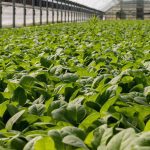 Best Plants Most Suitable for Deep Water Culture DWC Aquaponics
Best Plants Most Suitable for Deep Water Culture DWC Aquaponics
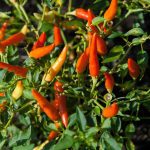 Ultimate Guide to the Best Chili Peppers to Grow with Aquaponics
Ultimate Guide to the Best Chili Peppers to Grow with Aquaponics
 How to Grow Lettuce in Home Aquaponics Systems
How to Grow Lettuce in Home Aquaponics Systems
 Ultimate Guide to Growing Strawberries in Home Aquaponics System
Ultimate Guide to Growing Strawberries in Home Aquaponics System
